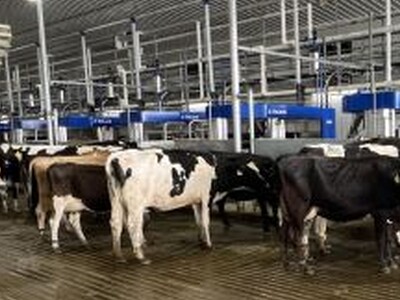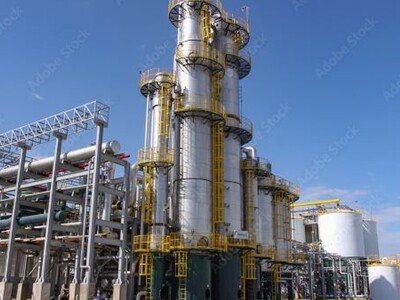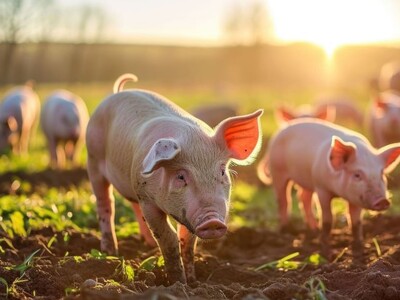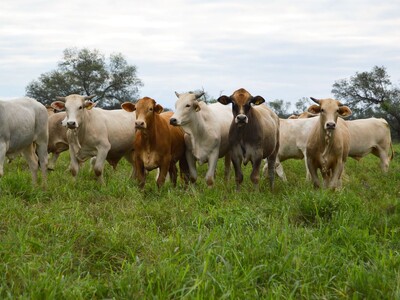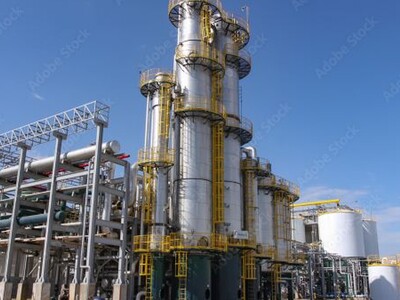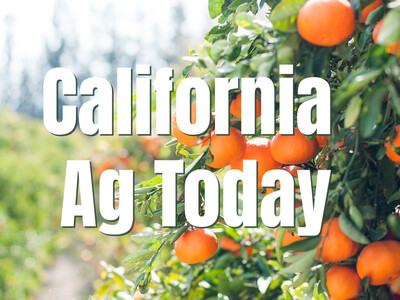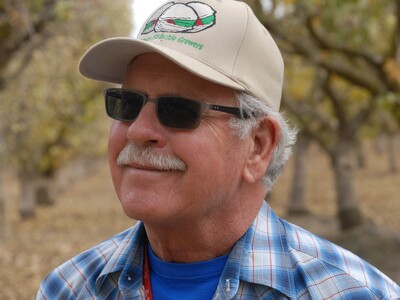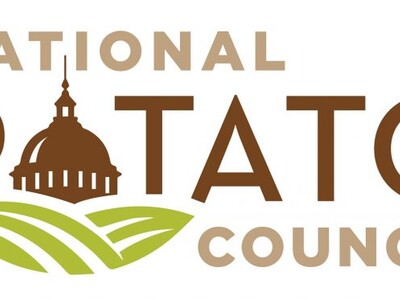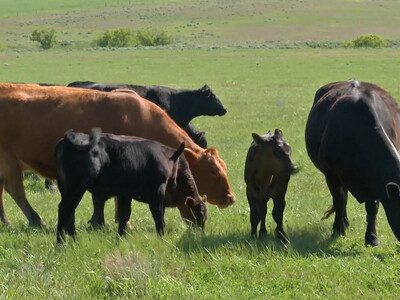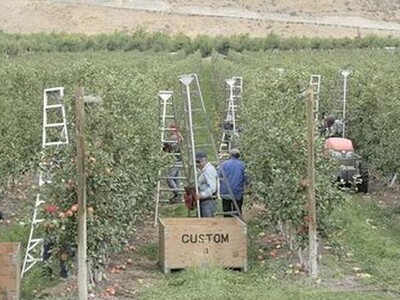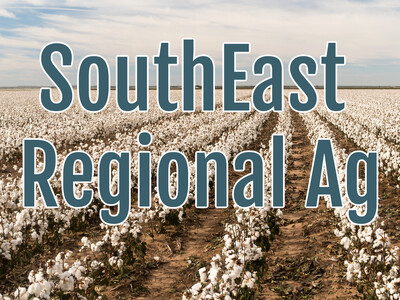Firebreaks
Big wildfires are burning up a crucial wildlife habitat in Idaho and the Great Basin.In 2015, the Soda Fire burned 280,000 acres in Idaho and Oregon in only 8 days. Three years later, the Martin Fire burned more than 400,000 acres in four days in Oregon and Nevada. The list goes on.
“Back when I got here in 1981, a big fire was 100,000 acres,” says Mike Pellant, a recently retired rangeland ecologist for the Bureau of Land Management. “Fast forward to 2007, the Murphy Complex fire, from Twin Falls to Nevada, 650,000 acres. Then, two fires in Oregon, total fire footprint 1 million acres. So what we’re seeing is these mega-fires, these huge landscape-scale fires.”
The Holloway Fire in Oregon and Nevada (2012)
The big wildfires are burning up some of the best wildlife habitat that’s left in the Great Basin – primo sage-steppe habitat for sage grouse and many other wildlife species such as songbirds, pronghorn and mule deer.
Native rangelands also are highly valued by ranchers for livestock grazing. Native perennial plants provide a sustainable food source for livestock and wildlife.
To give firefighters a better chance to stop wildfires when they’re small, the Bureau of Land Management is working to create a series of strategically located fire breaks. Grass, weeds, and shrubs are the “fuel” for wildfires on rangeland.




